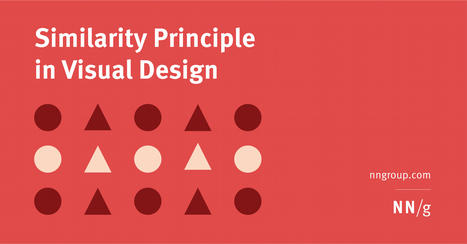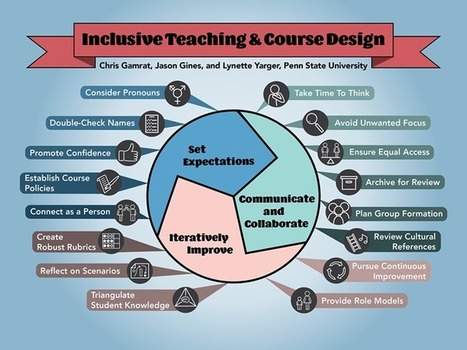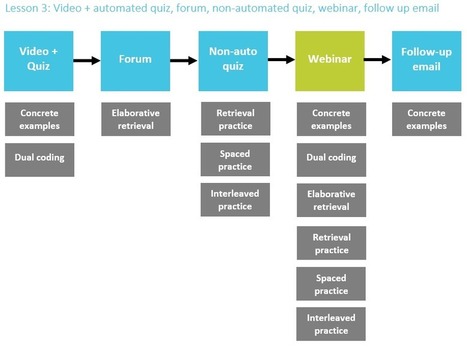Design elements that appear similar in some way — sharing the same color, shape, or size — are perceived as related, while elements that appear dissimilar are perceived as belonging to separate groups.
Research and publish the best content.
Get Started for FREE
Sign up with Facebook Sign up with X
I don't have a Facebook or a X account
Already have an account: Login
The many dimensions of Digital Learning - edtech, eLearning, blended, authentic, online
Curated by
Learning Futures
 Your new post is loading... Your new post is loading...
 Your new post is loading... Your new post is loading...
|

Peter Mellow's curator insight,
February 17, 2020 5:28 PM
Use the 'Super Steps' for better student learning and engagement.
|















